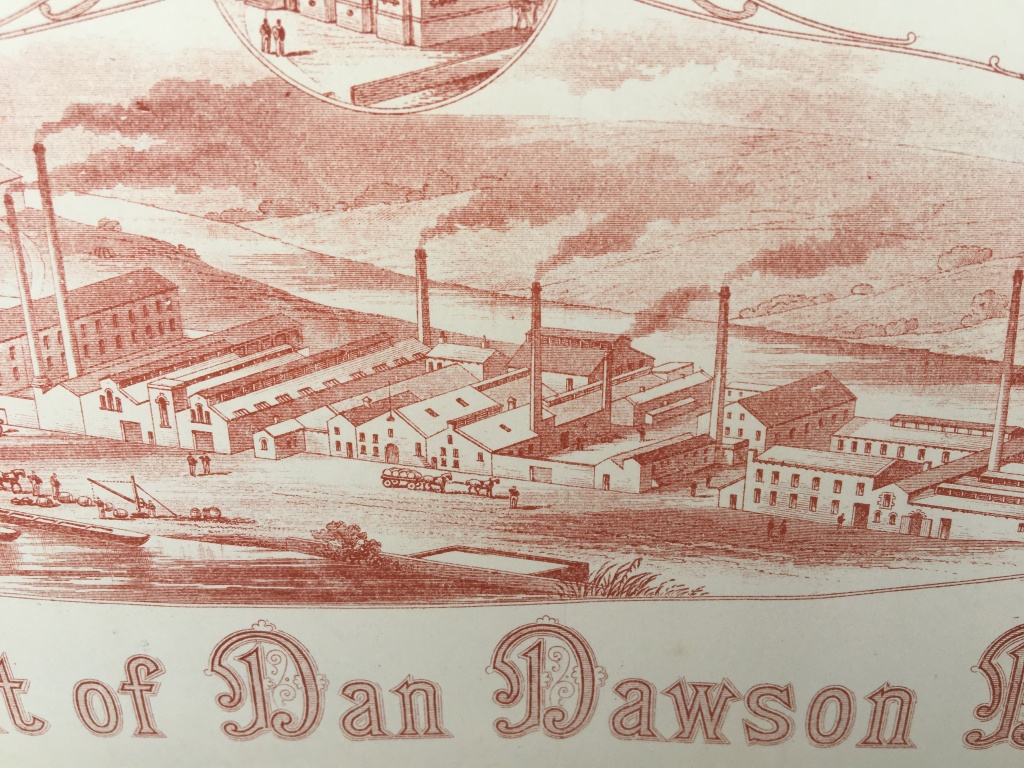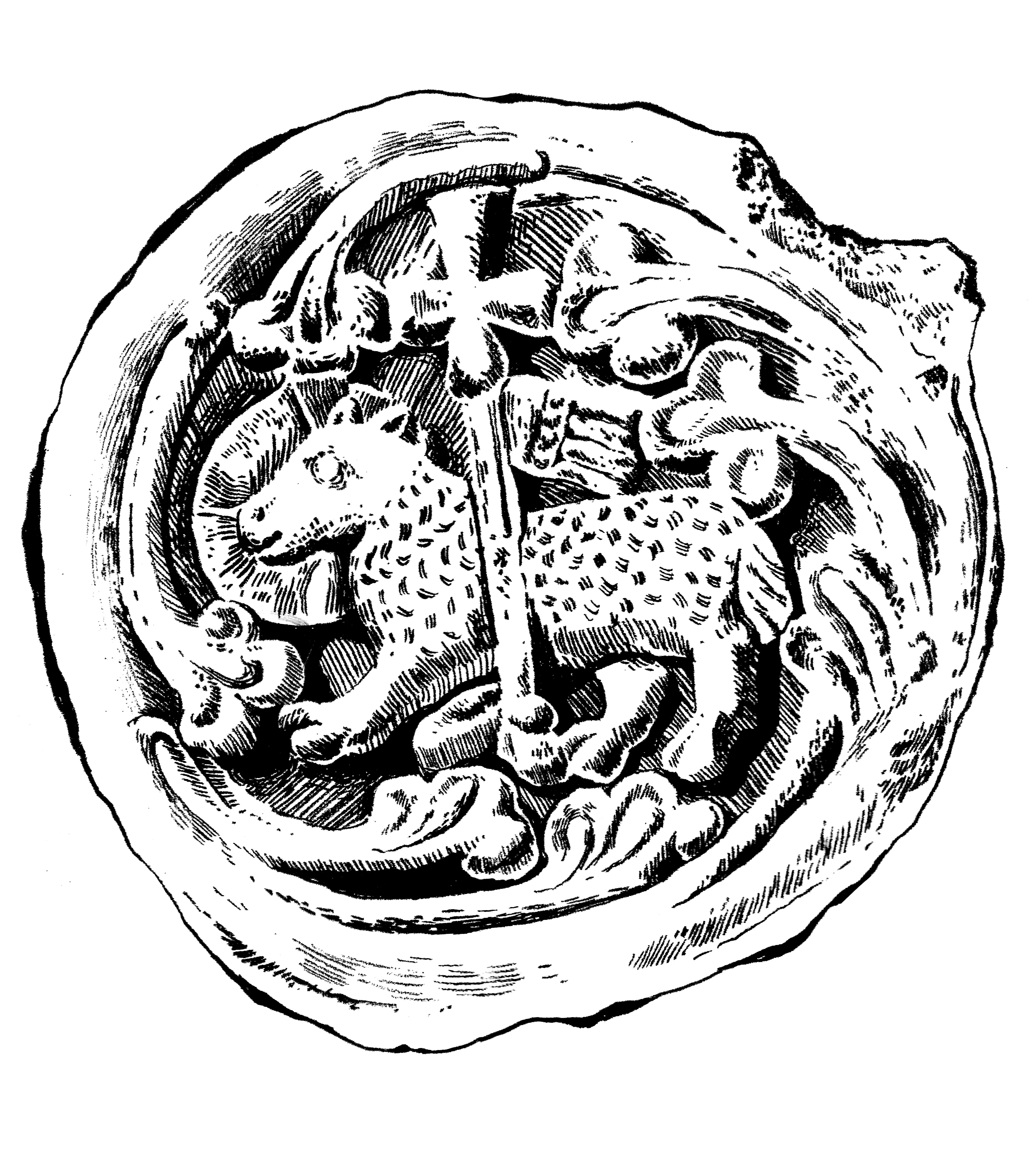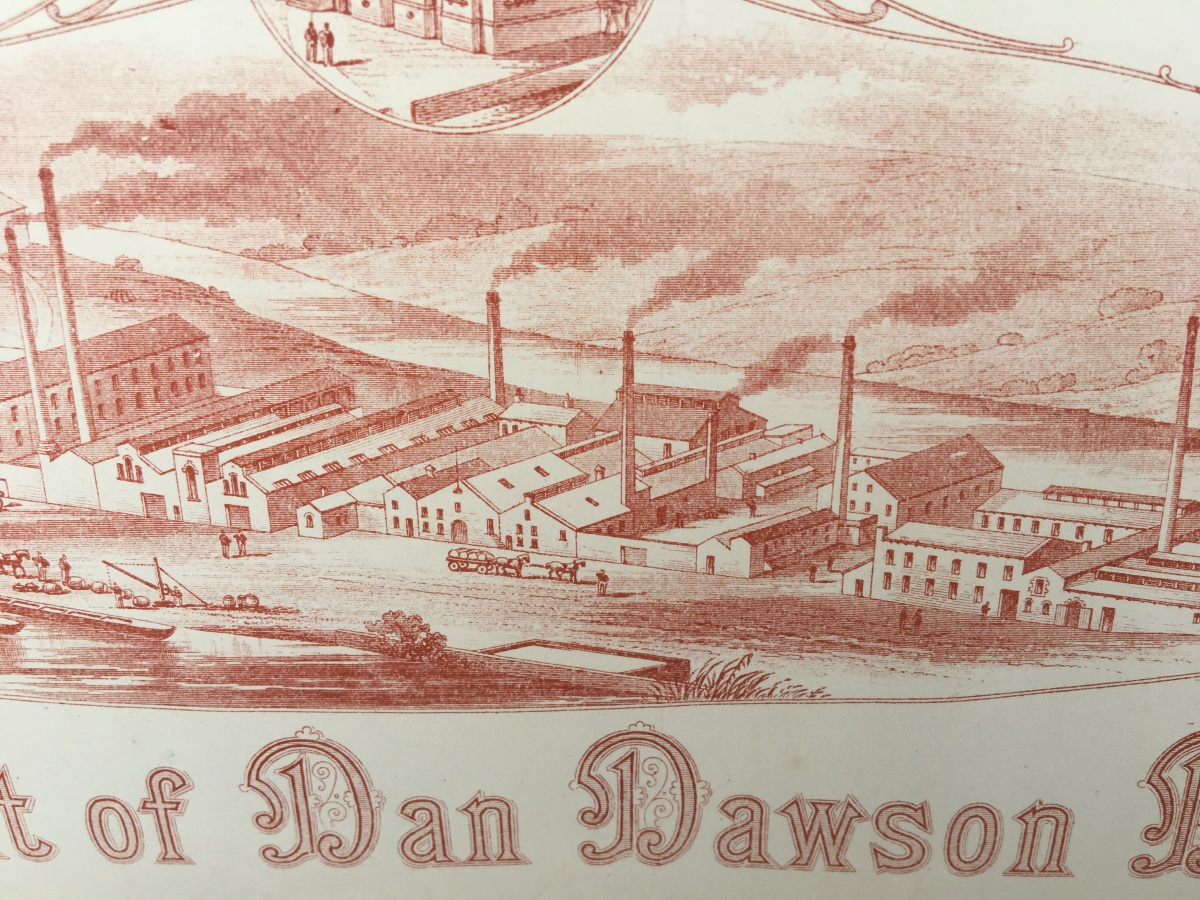
The textile industry had its ups and downs. You can see this clearly if you look at census returns for workhouses in industrial cities and towns. During times when trade was bad, workhouses filled up with textile workers.
In ‘Progress in Pudsey’ (1886), Joseph Lawson described weavers at times being given work only in return for doing the boring and arduous task of sorting and scouring raw wool. They did this without pay, just to secure the work of weaving it, later. In other words: in slump times, manufacturers exploited workers’ desperation for employment by extracting free labour from them.
In ‘Their Darkest Materials’ I wrote about the Scottish Paisley weavers often being forced to pawn their loom harnesses and other loom parts, simply to stay alive. Hopefully with an eye to retrieving them when things picked up. This would have been the same in any textile producing area in the UK and Ireland. Textile production often depended on lengthy chains of credit – as ever, the poorer you were, the more expensive the credit. Lawson’s book, late in the century, gave some insight into the trials and difficulties of hand loom weavers of the past.
It was quite common when trade was bad to see weavers and spinners going from place to place seeking work, or to get a piece of cloth to make. If they succeeded, it was mostly on the condition that they helped the break the wool for it; that is, opened the bales, then the fleeces, taking off the coarse parts called the ‘britch’, put it in sheets, then go to the mill and help to scour it, then ‘lit’ or dyed it, and the morning after take it out of the dye-pans into sheets ready for the dryhouse. If to dye black, then the wool had to be scoured… All this was for nothing, except in some cases a small allowance for a little ale, or cheese and bread. If the wool was taken to Leeds to dye indigo blue, then it was only to open and to britch, and to be looked over… when it came from the dyehouse…. The small manufacturers sometimes put all the blend out in single pieces, that is, single webs (a web is a piece) but mostly in ‘cloaths’, two web lots, as he wanted to have the cloth as soon as possible to market.
Joseph Lawson, Progress in Pudsey, 1886


